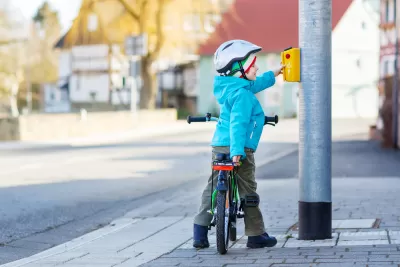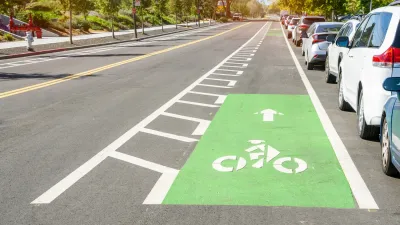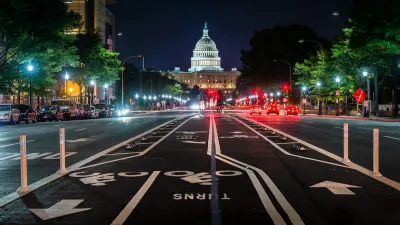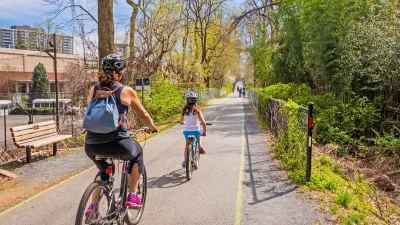How bicycling advocates can strengthen existing partnerships and make strategic alliances that will benefit cyclists, pedestrians, and other vulnerable road users.

As bicycle advocates around the country wait for funding from the Infrastructure Investment and Jobs Act (IIJA), Charles Pekow describes the strategies that can help them "take advantage of the new money and rules that can help expand cycling and make it safer."
Noa Banayan, director of federal affairs for People for Bikes, advises bike advocates to seek out existing opportunities and partnerships that will help them leverage more resources for bike improvements. For example, "One of the advantages of the new bill is it requires states with high levels of bike/ped traffic crashes in a given year to spend at least 15 percent of their Highway Safety Improvement Program money on projects to help such 'vulnerable road users.'"
"And since IIJA expands uses of Safe Routes to School (SRS) funding for infrastructure to get students to ride to school and high school education, it would help to coordinate with schools on infrastructure, as increased levels of funding are supposed to become available for Transportation Alternatives and other programs, [League of American Bicyclists policy director Ken] McLeod notes."
Pekow also points to the Rails-to-Trails Conservancy as a potential partner on bike infrastructure, noting that the Conservancy "provides plenty of info on getting IIJA funding for trails at https://www.railstotrails.org/policy/trailstransform/#funding."
FULL STORY: Bicycle Infrastructure Projects Still Awaiting Congressional Funding

Maui's Vacation Rental Debate Turns Ugly
Verbal attacks, misinformation campaigns and fistfights plague a high-stakes debate to convert thousands of vacation rentals into long-term housing.

Planetizen Federal Action Tracker
A weekly monitor of how Trump’s orders and actions are impacting planners and planning in America.

San Francisco Suspends Traffic Calming Amidst Record Deaths
Citing “a challenging fiscal landscape,” the city will cease the program on the heels of 42 traffic deaths, including 24 pedestrians.

Defunct Pittsburgh Power Plant to Become Residential Tower
A decommissioned steam heat plant will be redeveloped into almost 100 affordable housing units.

Trump Prompts Restructuring of Transportation Research Board in “Unprecedented Overreach”
The TRB has eliminated more than half of its committees including those focused on climate, equity, and cities.

Amtrak Rolls Out New Orleans to Alabama “Mardi Gras” Train
The new service will operate morning and evening departures between Mobile and New Orleans.
Urban Design for Planners 1: Software Tools
This six-course series explores essential urban design concepts using open source software and equips planners with the tools they need to participate fully in the urban design process.
Planning for Universal Design
Learn the tools for implementing Universal Design in planning regulations.
Heyer Gruel & Associates PA
JM Goldson LLC
Custer County Colorado
City of Camden Redevelopment Agency
City of Astoria
Transportation Research & Education Center (TREC) at Portland State University
Jefferson Parish Government
Camden Redevelopment Agency
City of Claremont





























